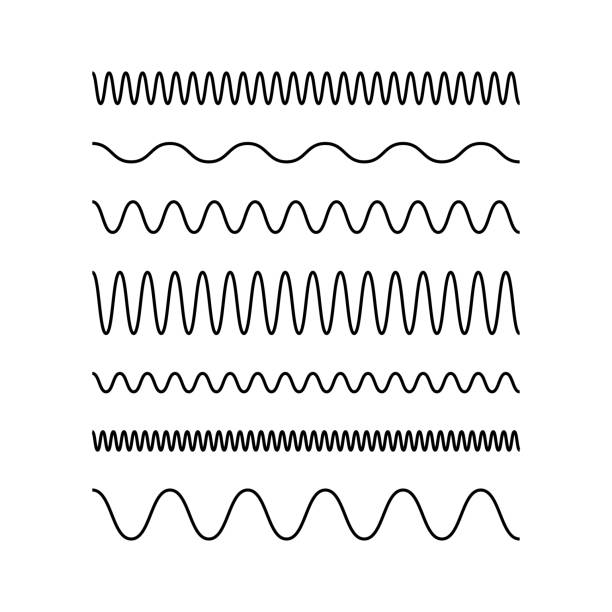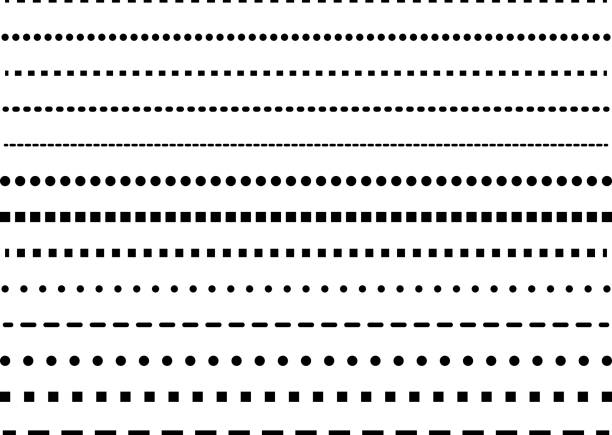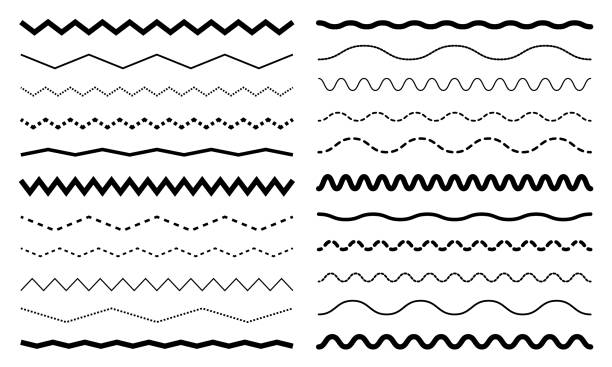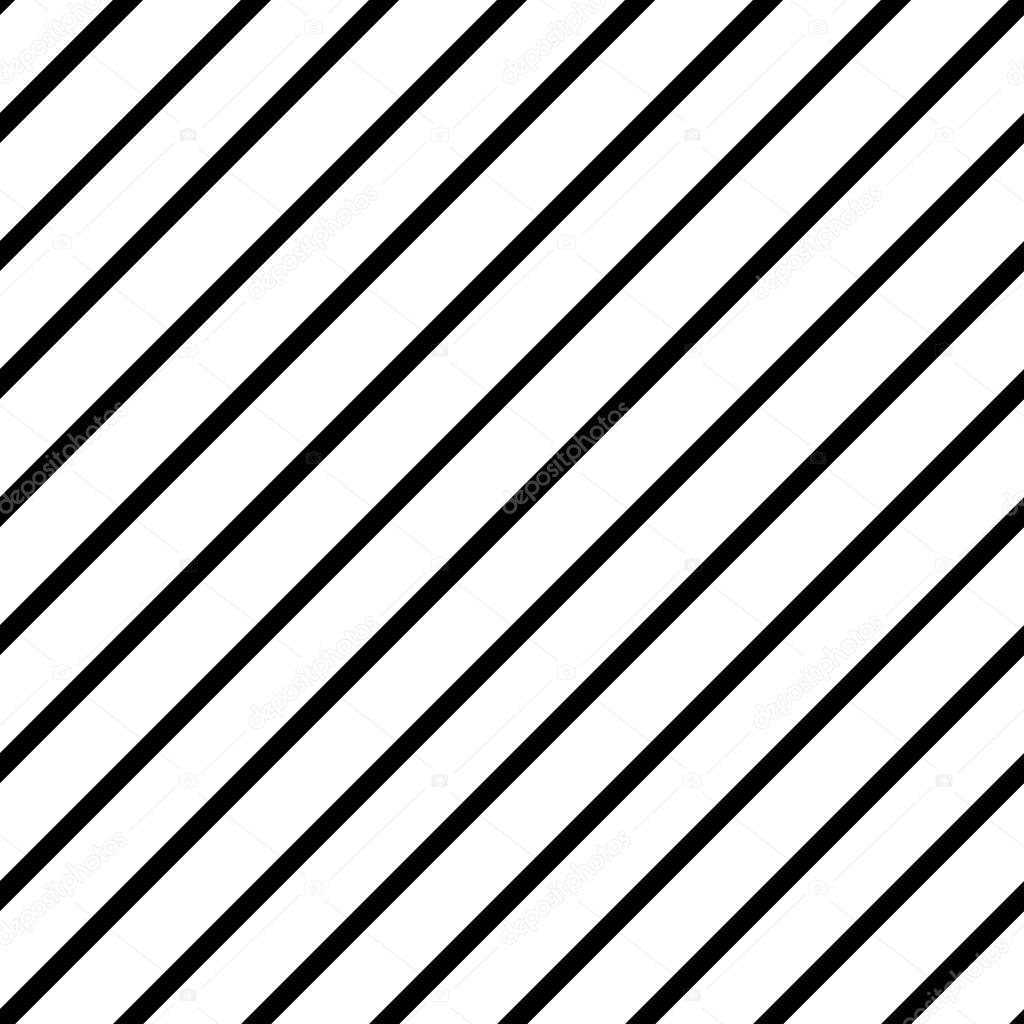
The graphic design is made up of visual elements, the building blocks of design. Through the harness of artistic expression we choose these visual elements and arrange them on a surface in a layout to convey an idea.
The graphic design is divided into 7 parts following line, color, shape, texture, space, form and typography.
The graphic design of a poster, a website or advertisement, these visual elements will play a part in your design.
Lines in graphic design are used to create visual connections.Lines carry emotions for the viewer, making a design look neat, clean, and orderly. That’s why it’s important for graphic design.
Types of Lines in Graphic Design
Here are 5 most popular types of lines in graphic design:
- Straight lines
- Curved lines
- Dotted lines
- Zigzag lines
- Parallel lines
1. Straight Lines

2. Curved Lines

3. Dotted Lines

4. Zigzag Lines

5. Parallel Lines

Properties of Lines
Different lines have different properties which mainly depend on their Width, Length, Direction, and Texture.
Width
The width of any line will show how thin or thick that line is. The more the width of the line the more sense of boldness.
Length
This means how long a line is from start to finish. The length of the line shows the longer a line is the more it shows. The shorter a line is, the more rigidity it displays.
Direction
The elements of good page design, whether for print or web, is the concept of direction, which closely aligns with movement. Elements in the page design intentionally guide the viewers’ eyes from one area of the page to another.
Texture
The surface of a line is smooth or rough. The surface has patterns in it. All these aspects come under the Texture of a line. The texture of a line gives dimension.
Color
We all know colors have an emotional feeling. They can have various moods and feelings too. So, the color of a line holds a very significant role. Different colors can be used for lines, shapes etc.
6 Reasons Why Lines are Important in Graphic Design
- Conveys different emotions: Lines can help to convey emotions such as calmness, chaos, or drama.
- Connects or separates elements: Lines are a perfect graphic design element to connect or separate elements in, for example, print or packaging design, or websites where you need an organized structure, like borders, frames, or sections.
- Creates hierarchy: Creating a hierarchy using lines can help to create a visual flow between sections.
- Adds dynamics: A pack of lines can help to build a sense of movement or action.
- Creates texture and patterns: By varying the thickness, spacing, angle, and colors of lines, designers can create a range of textures and visually appealing patterns.
- Creates aesthetic appeal: With the help of lines, we can keep the viewer’s eye pleased which helps to convey overall information.
Add Style :- Graphic design campaign can change up the style of their lines by adjusting the length, width, weight, texture, and style.
In addition to solid lines, designers can rely on different formats such as dotted lines, dashes, or dots to create a unique look. Remember that repeated patterns and negative space can create lines as well.
Whether your lines are decorative, used to contour an image, or are implied, consider how you can change up your look to better convey your message.
A dashed line, for example, is often used to demonstrate that something should be cut out, such as a coupon. Consider the design below; how did this designer use different types of lines to decorate this poster?
Organize Your Design:- layouts are typically designed using a grid of horizontal and vertical lines. This helps designers organize content, create structure, and form balance in their designs. For example, many e-commerce sites use these grids to showcase their products.
The Power of a Line:- Basically, what it boils down to is that lines are fundamental components of graphic design that cannot be overrated or ignored. Whatever your sketch is for your piece, and whatever the finished product ends up being, and no matter who your audience is or what you’re putting together — lines are going to be a very big part of the design, no matter what you do.
And even as you’re putting your components together, don’t forget that a line on its own can be very simple and effective.
Lines, in short, are powerful; and with great power, as we all know, comes great responsibility. Use lines wisely and well, and as you start your graphic design journey, remember: there are great things ahead, somewhere down the line.
Social Media :- Pretty much everything these days ends up on social media, at least in some aspect or iteration. Sure, it may take several different versions of your edited photo before it actually gets posted to Instagram, but that doesn’t mean that it won’t make it there eventually.
Social media is more than just photographs, of course.
Everyone’s had the experience of going to their Facebook page and seeing it inundated with re-posted pieces of content.
It may tell you something about the friend that posted it, or it may direct you to a website, or it may share a piece of information that you didn’t have, or maybe even tell you a story. And the odds are, it’s going to say,
“Like if you…” at some point. Or ask you to share it on your own timeline, just as approximately eighty thousand people have already done.
This makes it sound a little cynical — okay, more than a little — but it is in fact a great marketing tool.
Lines here are going to play an important role, as well. Especially when it comes to giving a real impact to your social media piece, and making parts of it stand out above others.
You have only a brief period of time to really reach your audience on social media, just as you do elsewhere. Make sure you make the most of any element that can give extra punch, emphasis, and enthusiasm to your piece and message.
